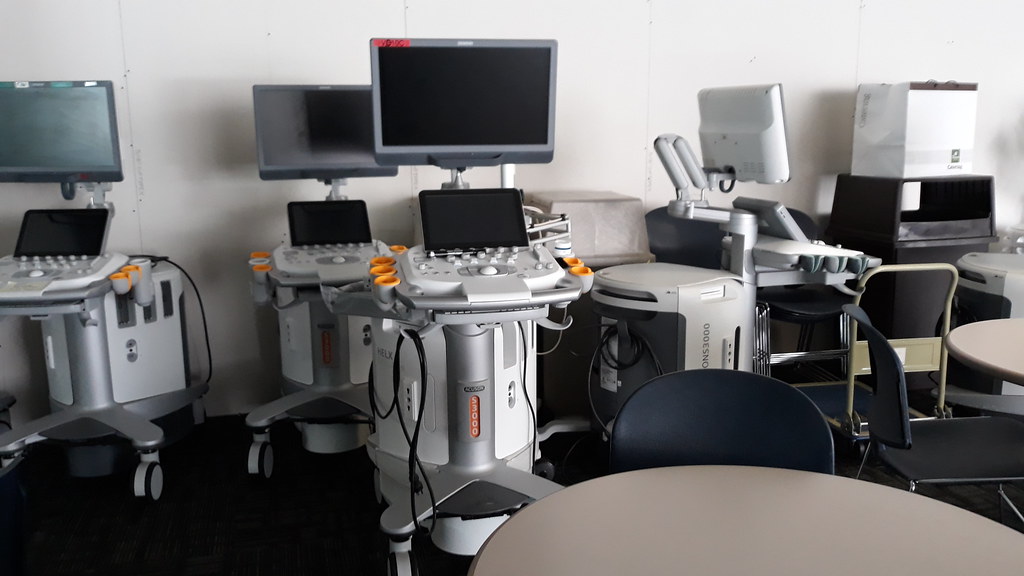Medical device outsourcing refers to the practice of having a third-party manufacturer produce medical devices or components for a medical device company. This can involve outsourcing the entire manufacturing process or specific stages of the process, such as prototyping, production, assembly, or testing. The purpose of outsourcing is to reduce the costs and risks associated with producing medical devices, improve quality, and bring new products to market more quickly.
There are many factors that can drive a medical device company to outsource, including the need to reduce costs, access specialized expertise and technology, and focus on core competencies. In addition, outsourcing can help companies overcome capacity constraints, improve supply chain management, and respond more quickly to changing market demands.
Medical device outsourcing is a complex process that requires careful consideration of many factors, including regulatory requirements, intellectual property issues, quality control, and logistics. Companies need to ensure that their outsourcing partners are fully compliant with the regulations governing medical devices, such as the U.S. Food and Drug Administration’s Quality System Regulation (QSR) and the European Union’s Medical Device Regulation (MDR). Additionally, companies need to have robust processes in place to manage the outsourcing relationship and ensure that quality standards are maintained throughout the entire production process.
What are the top 3 most important advances in medical technology?
It is difficult to definitively identify the top three most important advances in medical technology as the field is constantly evolving and many advancements have had a significant impact. However, here are some notable advancements that have made a significant impact in the field of medicine:
- Electronic Health Records (EHRs): EHRs have revolutionized the way healthcare is delivered and managed by providing a centralized, digital repository of patient health information. They enable healthcare providers to access complete, up-to-date patient information, improving patient safety, reducing medical errors, and improving the overall quality of care.
- Robotics and Artificial Intelligence (AI): Robotics and AI are increasingly being used in medical procedures to improve precision, accuracy, and outcomes. Examples of this technology include robotic-assisted surgery, AI-powered diagnosis, and personalized treatment planning.
- Precision Medicine: Precision medicine is an approach to disease treatment and prevention that takes into account individual differences in genes, environment, and lifestyle. Advances in genomics, big data analytics, and other technologies have enabled healthcare providers to develop personalized treatment plans based on a patient’s unique genetic profile, improving the effectiveness and efficiency of medical treatments.
These are just a few examples of the many advancements in medical technology that have had a significant impact on the field. Other important advances include telemedicine, nanotechnology, 3D printing, and more.
Download Free Sample PDF: https://www.alliedmarketresearch.com/request-sample/1436
Who is the target market for medical devices?
The target market for medical devices can vary depending on the specific device and its intended use. However, some common target groups for medical devices include:
- Healthcare professionals: Doctors, nurses, and other healthcare providers often use medical devices to diagnose, monitor, and treat patients.
- Patients: Many medical devices are designed to be used by patients in the comfort of their own homes, such as blood glucose monitors for people with diabetes or nebulizers for people with respiratory issues.
- Hospitals and clinics: These facilities purchase medical devices for use in patient care, diagnosis, and treatment.
- Research institutions: Medical devices are also used for scientific research, both in academic and industrial settings.
- Governments: Governments may purchase medical devices for use in public health systems or for distribution to healthcare providers in underserved communities.
It’s important to note that some medical devices may have multiple target markets, as they may be used by healthcare professionals and patients alike.
How to market medical devices to increase revenue?
Marketing medical devices can be challenging, as it involves addressing the needs of a variety of stakeholders, including healthcare professionals, patients, and payers. Here are some strategies that can help increase revenue for medical device companies:
- Identify your target market: Understanding your target market is the first step in effective medical device marketing. This includes identifying the specific healthcare professionals and patient groups that are most likely to benefit from your device.
- Focus on the benefits: When marketing medical devices, it’s important to focus on the benefits to the user, such as improved patient outcomes, increased efficiency, and better quality of life.
- Highlight clinical data: Medical devices are subject to rigorous clinical testing and regulatory approval. Highlighting this data in your marketing materials can help build trust with healthcare professionals and demonstrate the effectiveness of your device.
- Foster relationships with key opinion leaders: Building relationships with key opinion leaders in the medical community can help increase visibility for your device and provide valuable insights into how to best position it in the market.
- Utilize digital marketing: In today’s digital age, it’s important to have a strong online presence. Utilizing digital marketing techniques, such as search engine optimization (SEO), pay-per-click (PPC) advertising, and social media marketing can help reach a wider audience and drive revenue.
- Offer education and training: Providing education and training to healthcare professionals on the proper use of your device can help build trust and increase revenue by improving patient outcomes and reducing the risk of device failure.
- Partner with other organizations: Partnering with healthcare organizations, patient advocacy groups, and payers can help increase visibility for your device and increase revenue by expanding your reach and establishing a network of support.
It’s important to approach medical device marketing with a well-defined strategy and a focus on the needs of the target market. By following these strategies, medical device companies can increase revenue and help improve patient outcomes.
𝗖𝗼𝗻𝘁𝗮𝗰𝘁:
David Correa
USA/Canada (Toll Free): +1-800-792-5285, +1-503-894-6022


